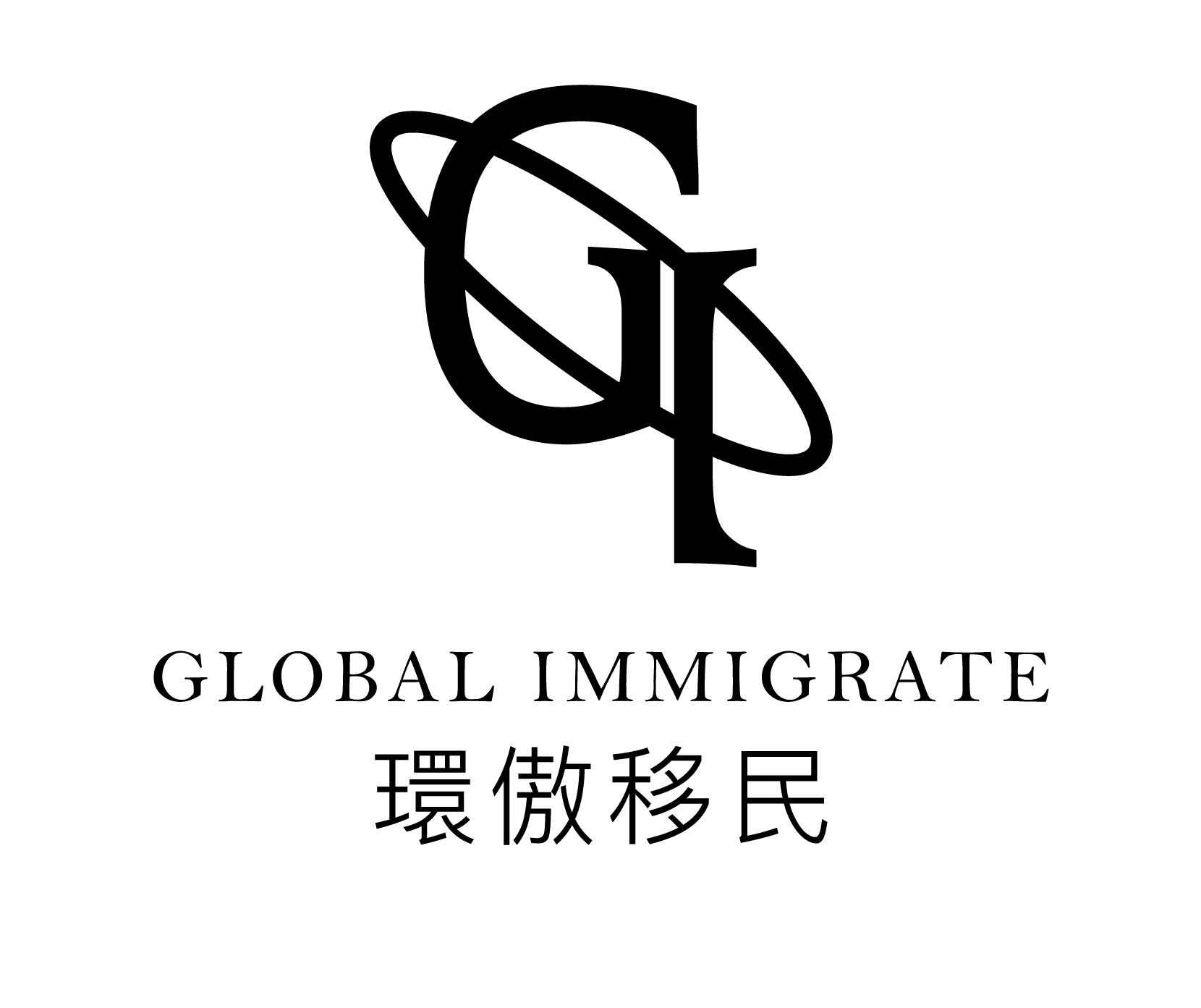Are there any citizen benefits after immigrating to Canada? Canada’s national welfare policies for citizens can be said to be well-known, and the “Immigration Paradise” by the majority of immigrants. What are the specific benefits?
- Medical Insurance Medical Service Plan (MSP)
Every province in Canada has a medical insurance plan to provide basic medical protection to citizens. The Canadian government allocates approximately CAD 4.8 billion each year for the realization of health care benefits.
Under normal circumstances, the medical insurance plan covers various medical services, medical expenses, and hospitalization expenses, but does not include the cost of medicines. If your family doctor thinks you need surgery or hospitalization, regardless of the size of the surgery, all costs will be covered by the medical insurance plan.
- Old Age Security (OAS)
Canada’s legal retirement age is 65. Canadian residents, regardless of their assets or income, are eligible to participate in the “Old Age Security Programs” as long as they have settled in Canada for more than ten years.
It should be noted that the pension is not automatically paid by the government after you reach the retirement age. You must apply to the government within December before your 65th birthday before you can receive the pension. In fact, the amount of pension depends on the length of the applicant’s residence in Canada, and is paid by the federal government on a monthly basis.
- Canada Pension (CPP)
With the exception of Quebec, all provinces in Canada implement the Canadian Retirement Plan (CPP).
The Canadian retirement plan is a public insurance plan. Canadian residents deduct a certain amount of pension contributions from their monthly income. After retirement or when they have long-term physical disabilities, they can get subsidies through this plan. The pension must be taxed, and applicants can get it anywhere in the world.
- Employment Insurance (EI)
In addition to CPP, another one that will appear on Canadian employees’ payroll is EI (Employment Insurance). If Canadian residents (including citizens, permanent residents and legal work permit holders) have worked continuously for six months in a year and cannot continue to work because of unemployment, illness, childbirth or adoption, they can pass through the national employment insurance plan and getting temporary income means getting subsidies regularly for a certain period of time to reduce the impact of unemployment.
The amount of subsidy that applicants receive depends on the length of their working hours and the local unemployment rate. To apply for a subsidy, you must go to the Canada Employment Centre, which is the institution that applies for the Social Insurance Number (Social Insurance Number).
For those who have worked in Canada, the scope of employment insurance is quite wide, covering life security during unemployment, illness and raising children. But even for those who have not worked, there are corresponding social welfare payments and similar subsistence allowances.
to be continued…
Source: Canadian Times, Daily Headlines
Further reading:
Are there any citizen benefits after immigrating to Canada? (2)
Are there any citizen benefits after immigrating to Canada? (3)
Are there any citizen benefits after immigrating to Canada? (4)
Latest News
Details of Canada’s lifeboat plan announced in June this year
Stream A: In-Canada graduates.
Applicants must have graduated from a post-secondary designated learning institution in Canada
- in the 3 years before you apply
- with one of the following:
- a diploma (not graduate or post-graduate) for a program of at least 2 years
- a degree (associate, bachelor’s, master or doctoral)
- a graduate or post-graduate diploma or certificate for a program of at least 1 year and
- with at least 50% of your program completed in Canada (either in person or online)
Stream B: Canadian work experience
Applicants must have graduated in the 5 years before you apply with one of the following:
- a diploma (not graduate or post-graduate) for a program of at least 2 years, or a degree (for example, an associate degree, a bachelor’s degree, a master’s degree or a doctorate) from a post-secondary designated learning institution in Canada
- a graduate or post-graduate diploma or certificate for a program of at least 1 year from a post-secondary designated learning institution in Canada
- a foreign educational credential equivalent to one of the following:
- a Canadian post-secondary diploma (not graduate or post-graduate) for a program of at least 2 years
- a Canadian post-secondary degree
- a Canadian graduate or post-graduate diploma or certificate for a program of at least 1 year
- have worked in Canada for at least 12 months full time, or an equal amount of part-time hours in the 3 years before you apply.
🔻🔻🔻🔻🔻🔻🔻🔻🔻🔻
Make an appointment now for a free consultation on the “2 Pathways for Hong Kong Residents”:
For more information, please contact our experienced immigration consultant now:
WhatsApp: 6888 4742 (https://bit.ly/GI_hello)
Phone: 2566 5066
Website: http://bit.ly/GI_2pathways

